Cell printing using this new electro-hydrodynamic technique allows the creation of cell structures with multiple layers and a high cell viability.
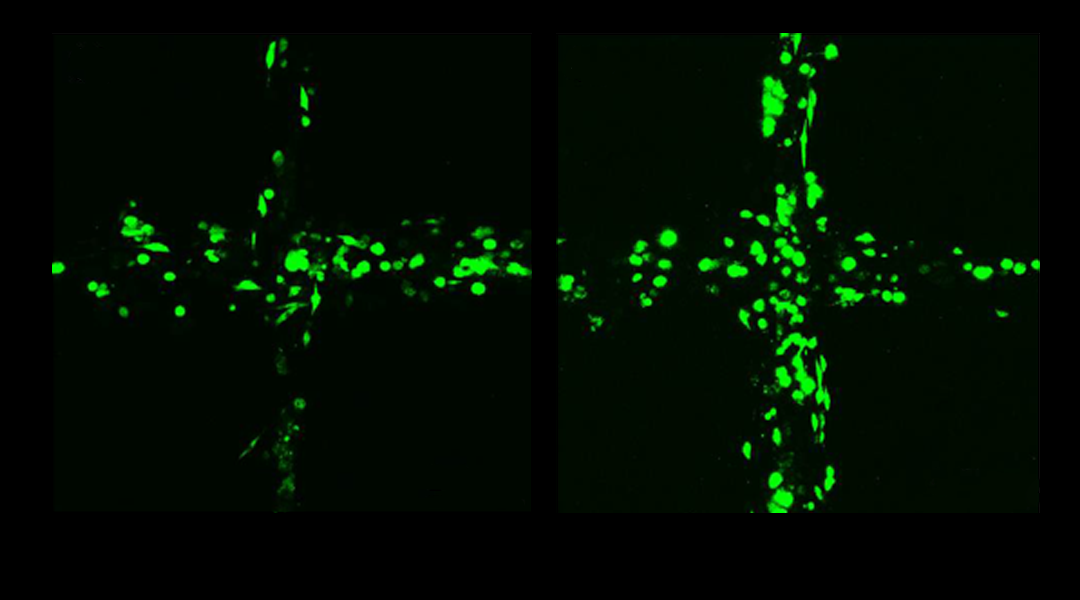

Cell printing using this new electro-hydrodynamic technique allows the creation of cell structures with multiple layers and a high cell viability.
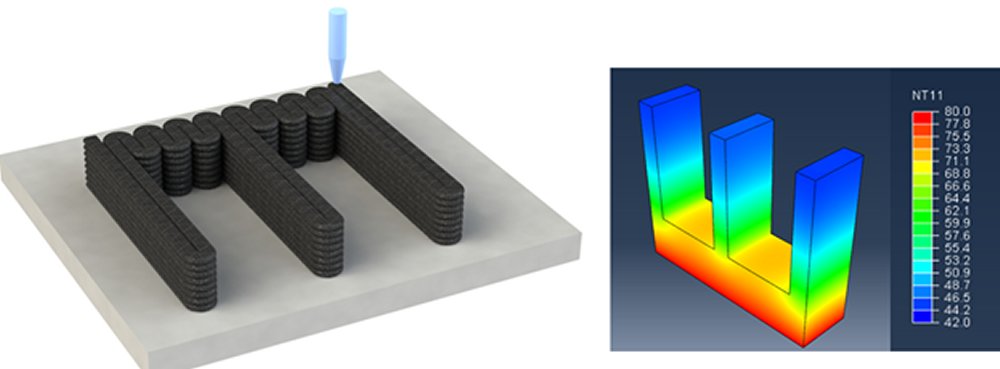
Recent research results in fabricating thermal management devices using 3D printing methods are reviewed.
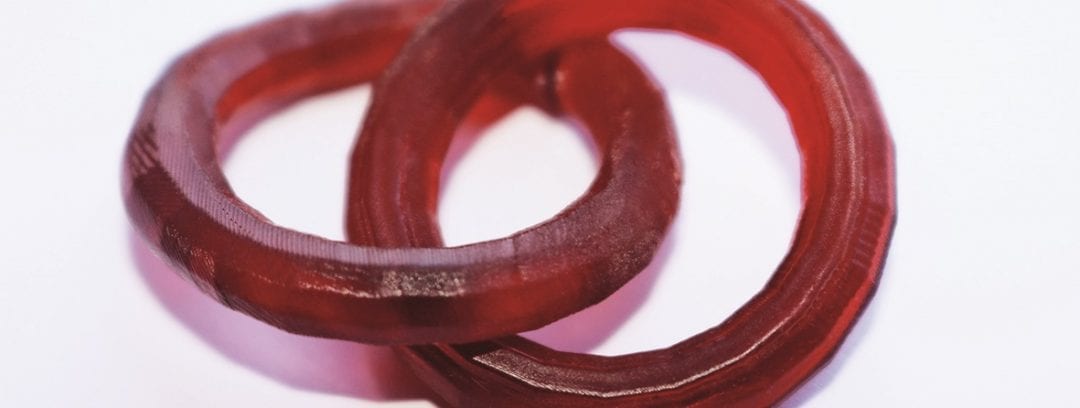
A cooperation between research and industry successfully improves resin-based 3D printing.
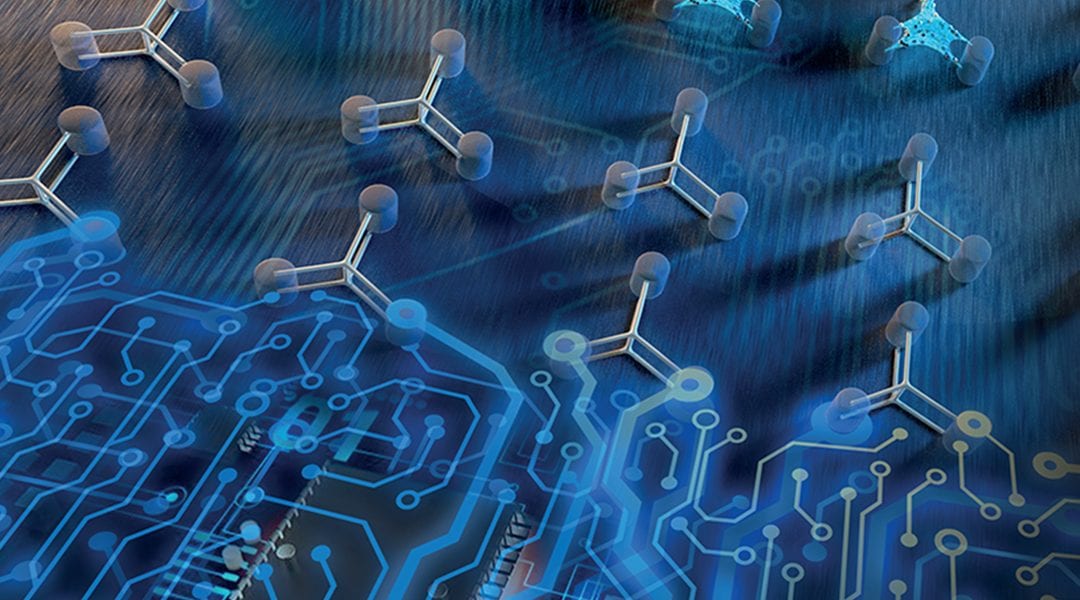
Complex micro and nanodevices are fabricated using a simple strategy that enables sophisticated architectures to be produced.

The 2017 Fall Meeting of the Materials Research Society (MRS) took place in Boston, Massachusetts, USA, from November 26 – December 1. This year’s conference featured 55 technical symposia, eleven tutorial sessions, four poster sessions, and 241 exhibitors. The...
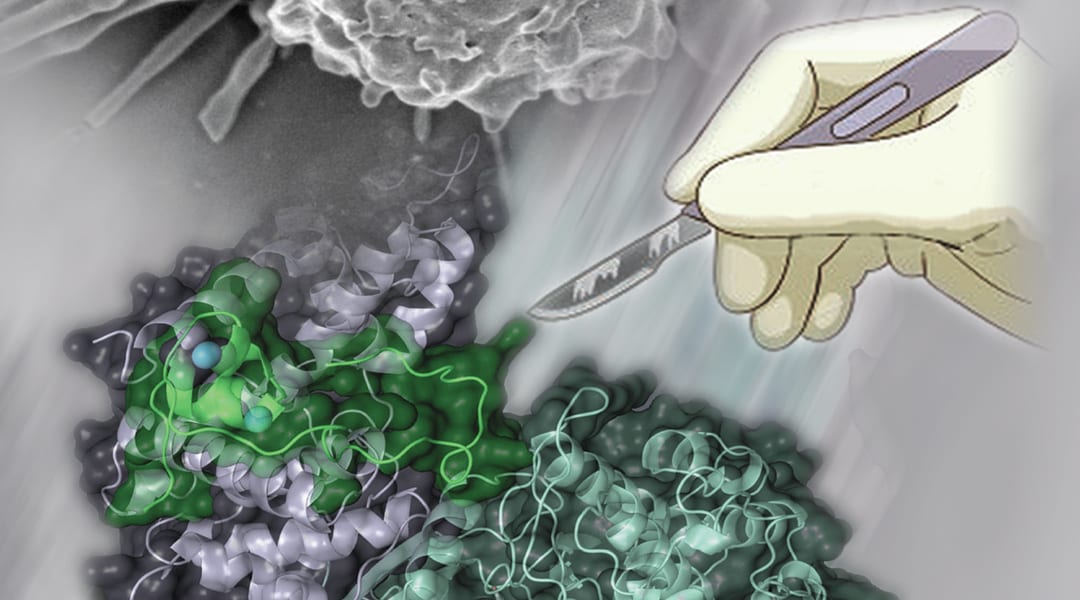
A special issue titled, Proteomics in Pathology, in the journal: Proteomics – Clinical Applications is accepting submissions now.
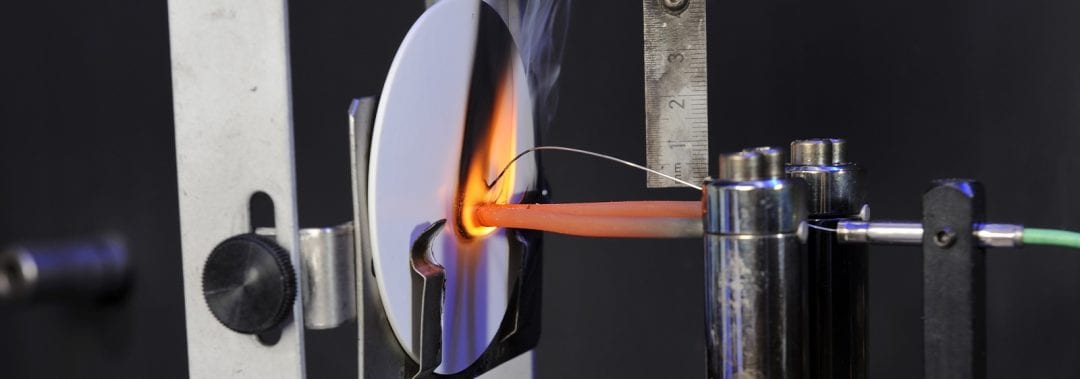
Lanxess offers alternatives to compounds with halogen-based flame retardants

A team of Chinese researchers demonstrated an optofluidic strategy, by implanting the microfluidic technique with a large-tapered-angle fiber probe (LTAP), to organize and transport a cell chain in a noncontact and noninvasive manner.

A new printing method produces flexible graphene microsupercapacitors with a planar architecture, suitable for integration in portable electronic devices.

Via a bottom-up approach this research shows the production of scalable, stable InGaN nanowire photonic crystals for high efficient LEDs.